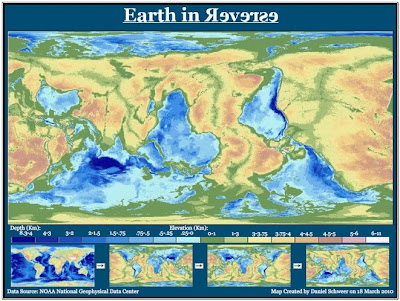As is shown in Figure 2, the fire was located in the center of Los Angeles County. It spread north between 2:48 a.m. on August 29th and 12:39 a.m. on September 2nd. The extent of the fire expanded both east and west, and it looks to have more than quadrupled in size throughout those four days. The fire perimeter extended over major highways and crossed major rivers.
As can be seen in Figure 3, the areas of Los Angeles County with the highest debris potential lie primarily in the northeast quadrant. The Angeles National Forest accounts for some of this area. Much research has been done since the Station fire to determine how fallen ash has affected wildlife in the area. Scientists were particularly concerned with aquatic life, since debris that falls into streams can often accumulate and harden, shredding and burying aquatic life in the process (Archibold). In addition, these zones are at a greater risk from storm damage, such as landslides and landscape destruction from water flumes (Cannon).
Fire debris can also have a devastating effect on air quality and public health. Zones with higher degrees of debris sedimentation would also logically display higher concentrations of debris in the air. Smoke is comprised of gases and fine particles that can get into human respiratory systems and aggravate the heart and the lung. Fire debris can infiltrate sinus systems and cause allergy-like symptoms. Older adults and young children are the most vulnerable to health effects from smoke in the air (Smoke Impact).
Hospital patients would be particularly vulnerable to airborne fire debris, since their bodies are not healthy enough to overcome respiratory obstacles and they often suffer from lung or heart diseases. As is shown in Figure 3, three different county hospitals lie within high DPA zones. These hospitals are Lancaster Community Hospital, Antelope Valley Hospital, and Henry Mayo Newhall Memorial Hospital. The remaining LA County hospitals were in less sediment-endangered zones in the southwest and southeast quadrants. This information would be important for area hospitals, in that they would know to transfer patients with heart or respiratory problems to hospitals in lower DPA zones. Future studies could explore county schools or endangered species, and their locations with regards to DPA zones.
"Downtown L.A. skyline." Photo taken by Don Bartelli. LA Times.
Figure 1
Station Fire Spread Between August and September
Figure 2
Debris Potential Area (DPA) and LA County Hospitals
Figure 3
Works Cited
Archibold, Randal C. "After a Devastating Fire, an Intense Study of Its Effects." The New York Times. 3 Oct. 2009. Web. 8 June 2011.
Bartelli, Don. Downtown L.A. Skyline. Photograph. PHOTOS: Southern California Wildfires. Los Angeles Times. 31 Aug. 2009. Web. 8 June 2011.
Cannon, Sue. "Debris-Flow Model." Regional Sediment Management and Water Supply Workshop. Los Angeles Department of Public Works, 14 July 2010. Web. 8 June 2011.
"Debris Potential Areas." Los Angeles County GIS Data Portal. 2011. Web. 8 June 2011.
"Smoke Impact." Sacramento Metropolitan Air Quality Management District. California Air Pollution Control Officer's Association Public Outreach Committee, 12 Sept. 2006. Web. 08 June 2011.














